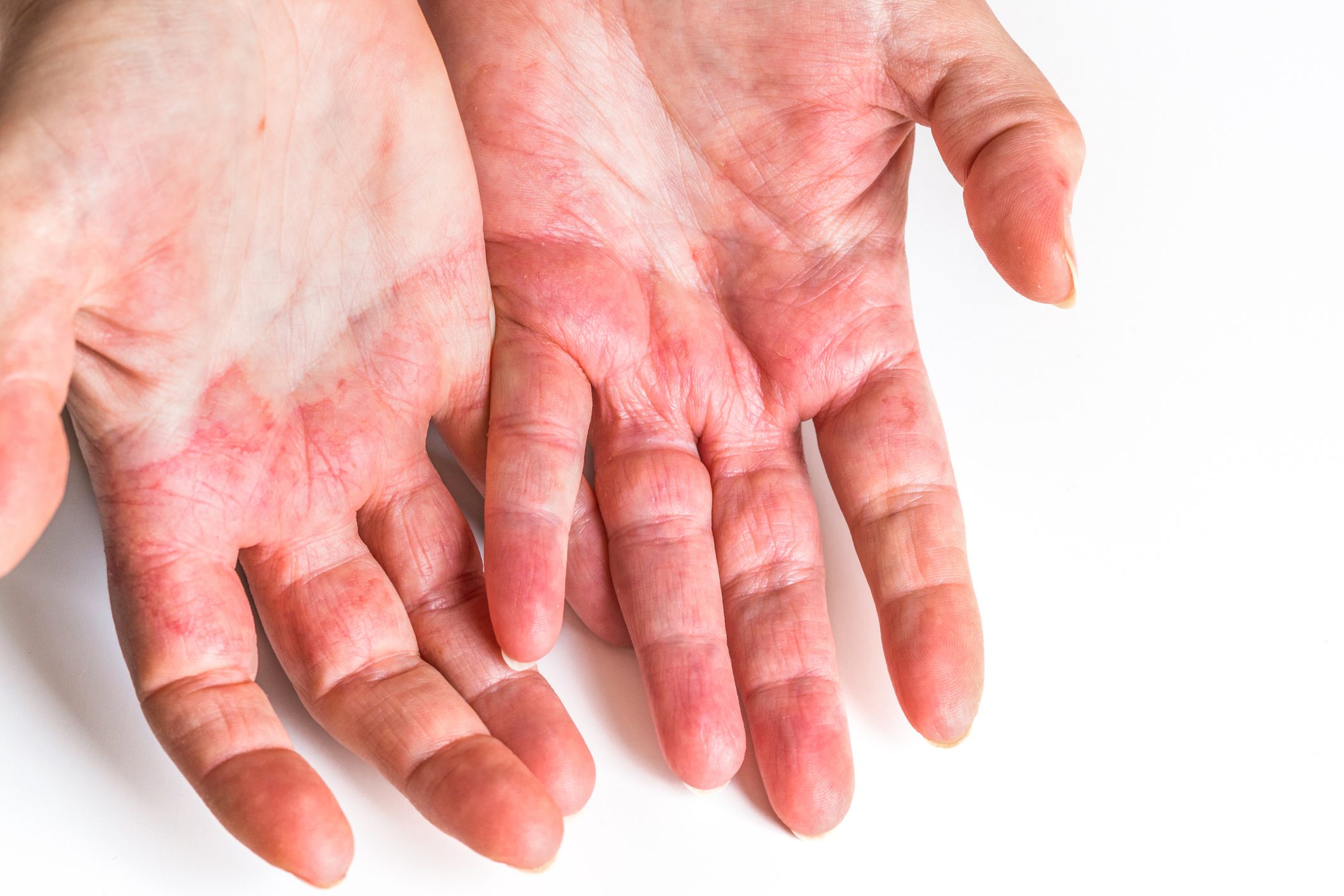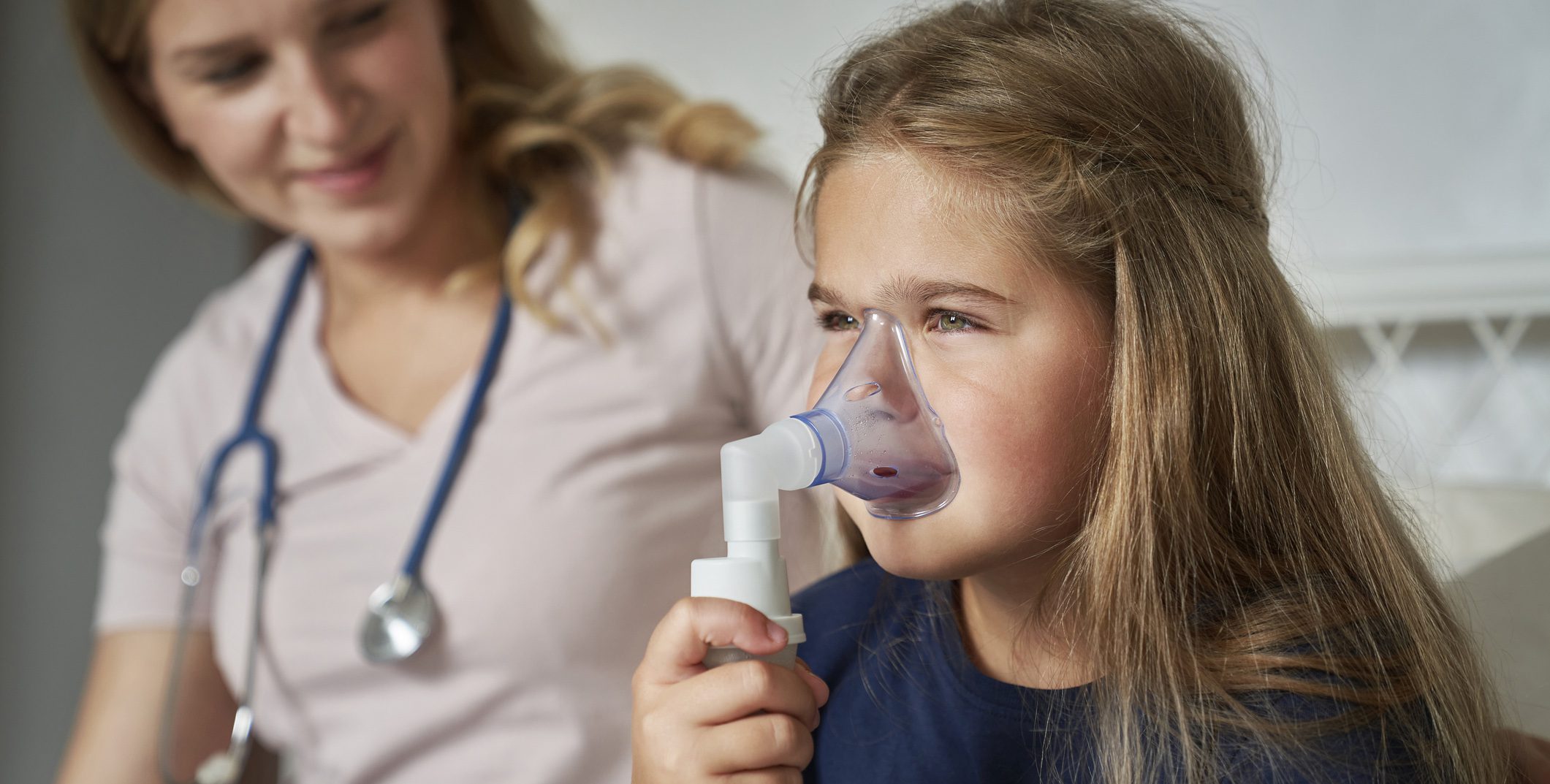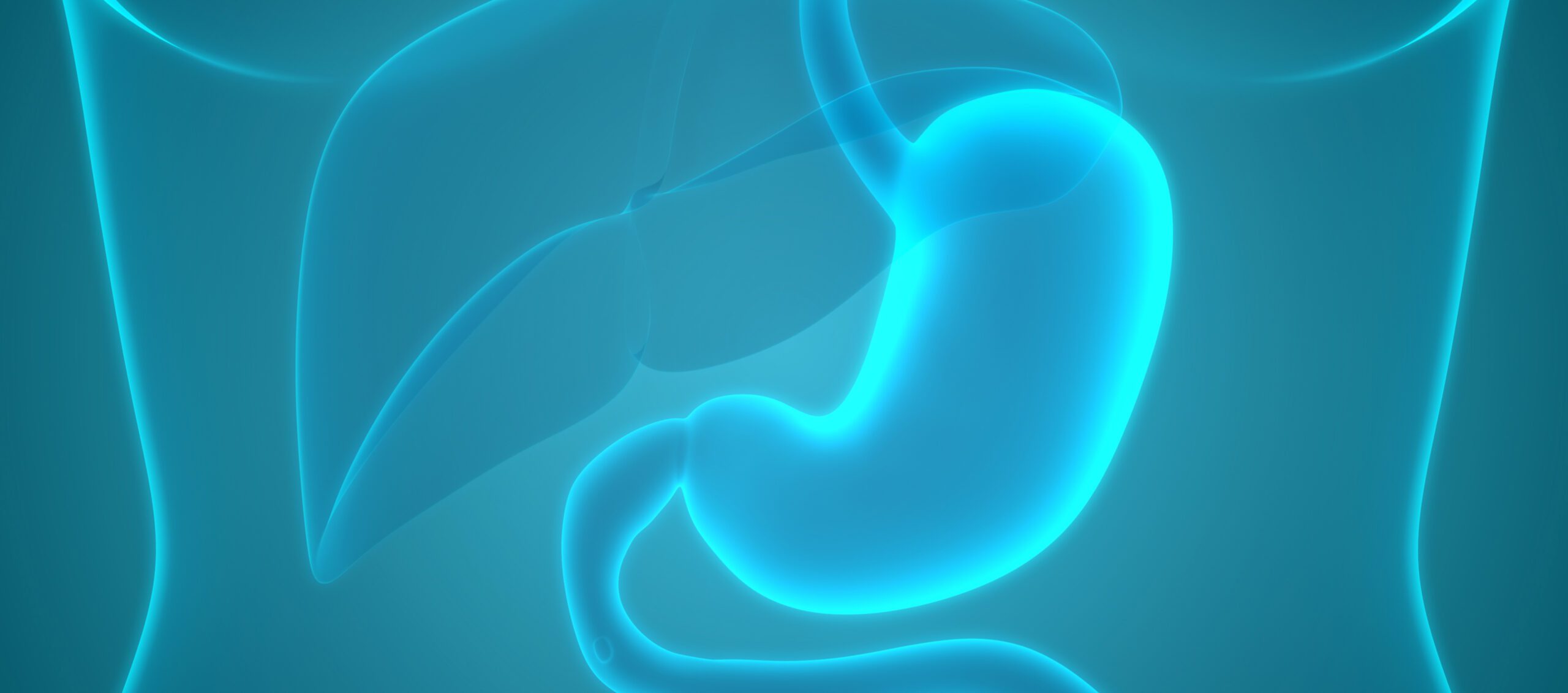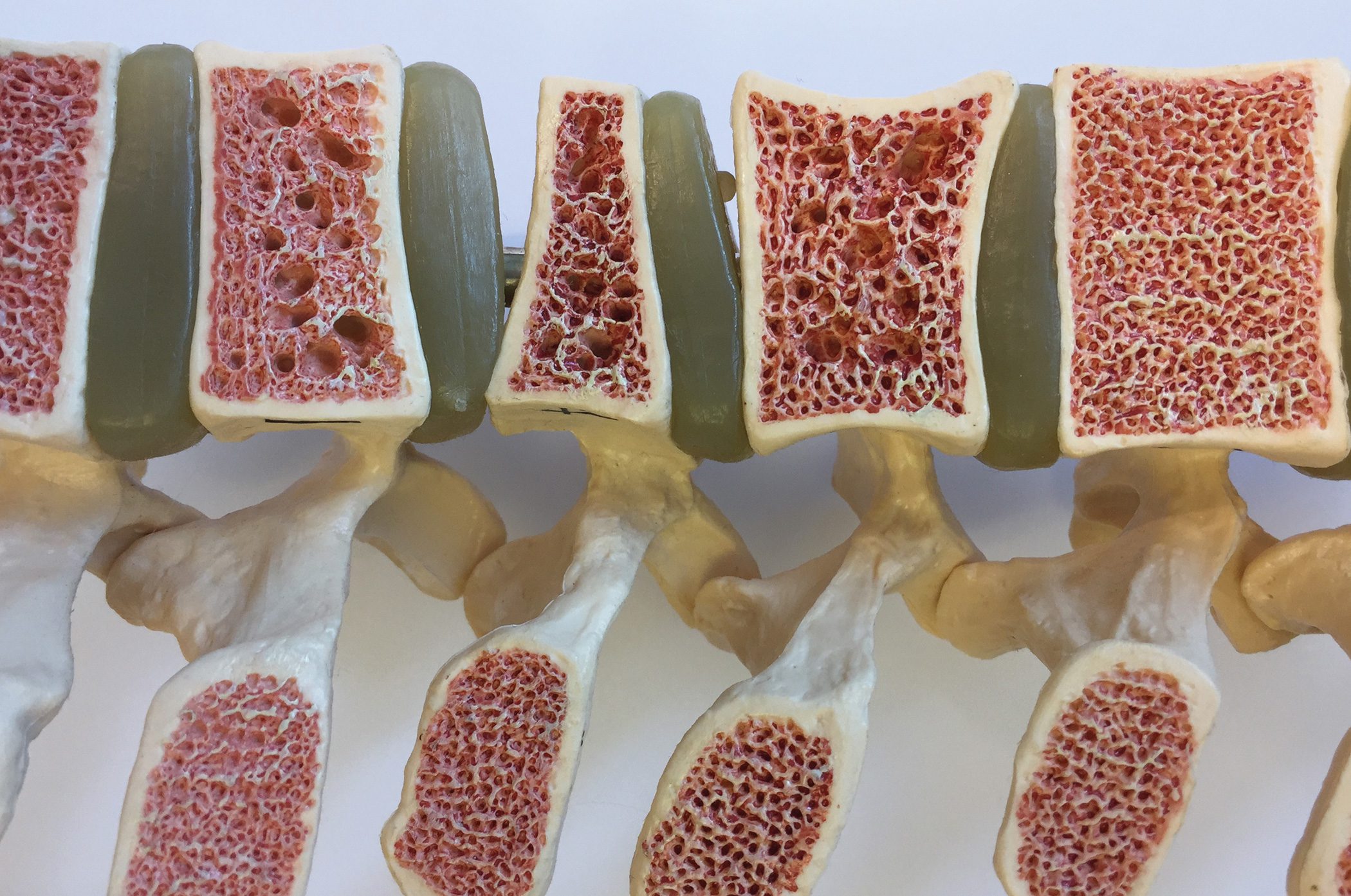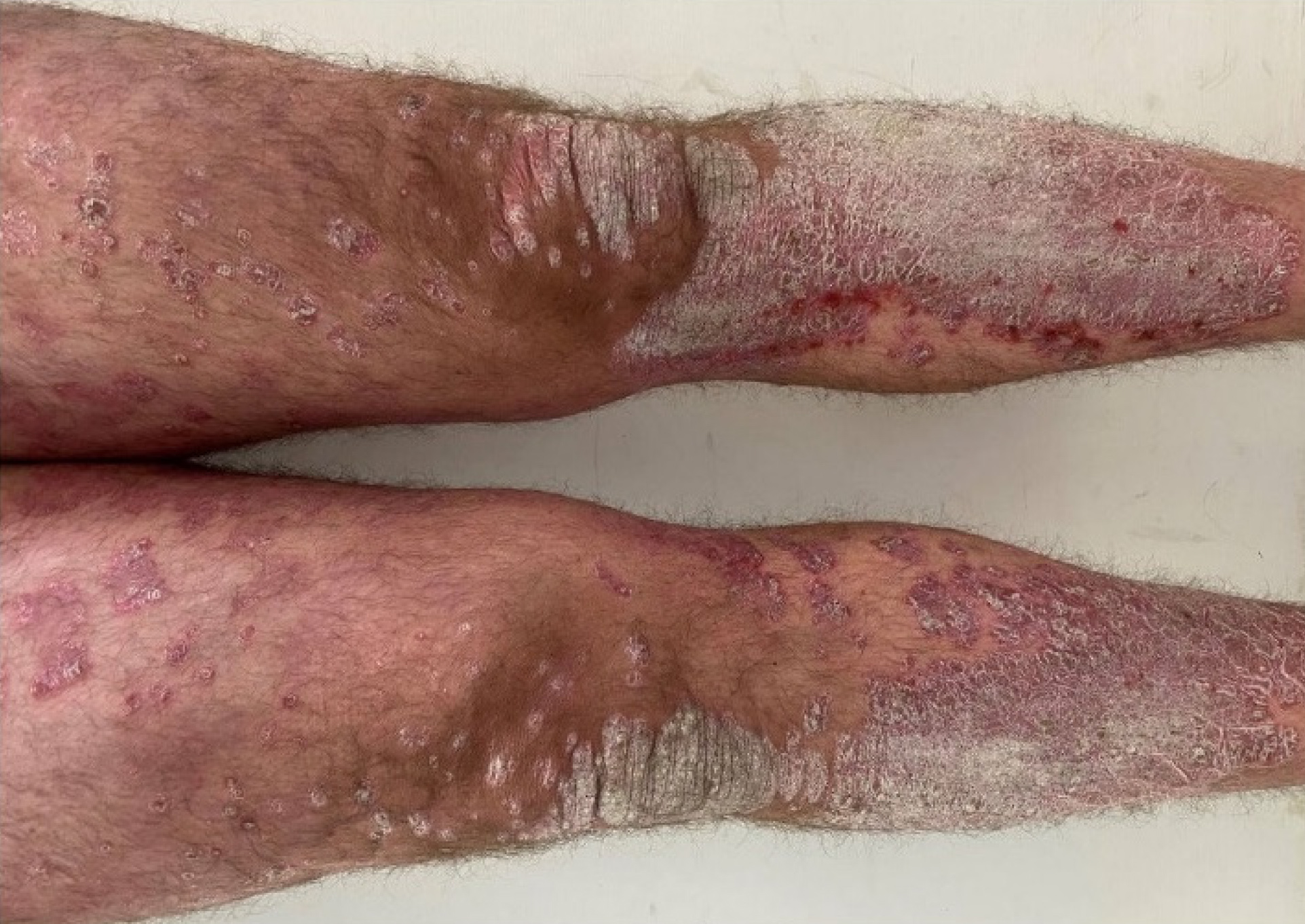In order to better understand the experiences and views of patients affected by psoriasis and psoriatic arthritis, a survey of almost 5,000 patients was conducted on four continents worldwide.
One focus was to record in detail how the disease affects quality of life and everyday life and what the patients’ disease-related knowledge and treatment satisfaction is like. Some “unmet needs” were uncovered in the process.
The survey study “Psoriasis and Beyond” was a worldwide online survey in which a total of 4978 psoriasis sufferers from 20 countries in Australia, Asia, Europe and America took part. The main inclusion criterion was medically diagnosed moderate to severe psoriasis (BSA** ≥10% or BSA>5% to <10% with involvement of difficult locations&) with/without psoriatic arthritis. Comorbid psoriatic arthritis (PsA) was present in 30% of patients. The online screening took 5 minutes and the internet-based survey around 25 minutes.
** BSA=Body Surface Area
& face, palms, hands, fingers, genitals, soles of feet or nails
Psoriasis severity and treatment modalities
A total of 82% of all patients (n=4978) knew their BSA score, 4% could not remember, and 14% stated that their doctor had never mentioned their BSA score. Of the patients who knew their BSA score, 60% of patients reported the severity of their psoriasis to be mild (BSA <5), 24% had moderate psoriasis (BSA: ≥5 to <10) and 16% had severe psoriasis at the time of the survey. On average, 5.4 body areas were affected by psoriasis lesions. The most common areas affected were the lower extremities (57%), scalp (56%), elbows (54%), arms (47%), knees (46%) and back (39%). On average, psoriasis occurred in two difficult locations.
Topical therapies were the most common treatment modality (72%), followed by biologics (42%). The patients surveyed stated that they had received an average of 2.2 biologic treatments for their psoriasis to date. In patients with psoriatic arthritis (n=1,488), the most common current therapy was biologics (55%), followed by NSAIDs$ (46%) and conventional disease-modifying drugs (DMARDs). On average, patients had received 2.8 biologics for their PsA.
$ NSAR = non-steroidal anti-inflammatory drugs
| Only around two thirds knew that psoriasis is a systemic disease Almost half (48%) of all patients stated that their psoriasis has a very to extremely high impact on their quality of life. Only 13% reported that the disease had no impact on their quality of life. The impact on quality of life was greater in patients with moderate and severe psoriasis. It was also found that 34% and 32% of patients with comorbid depressive disorders and anxiety had a very or extremely high impact on their quality of life, respectively. 69% of all patients had heard that psoriasis is now considered a systemic disease and 60% were familiar with the term “psoriasis disease”. However, knowledge of common symptoms and comorbidities often associated with psoriasis was low. Less than a third of patients were aware that psoriasis/PsA is frequently associated with comorbidities such as depression, anxiety, cardiovascular disease and diabetes. |
Treatment goals and patient satisfaction
Overall, 52% of patients achieved lesion-free skin with their current treatment, while 67% were confident that this was an achievable goal. The highest proportion of clear skin was reported by patients currently receiving biologics (67%), followed by other systemic medications (57%) and phototherapy (52%), and by patients with PsA who were on treatment with immunosuppressants (77%) or biologics (72%).
40% of patients reported that their treating doctor decided on treatment goals, 41% used shared decision making and 19% reported that they had no discussion with their treating doctor about treatment goals. Overall, 75% of patients (n=4978) always followed the advice of their treating doctor, 65% felt they could turn to their doctor when needed and 65% felt their doctor listened to them.
58% of psoriasis patients (n=4757) and 64% of psoriatic arthritis patients (n=1409) were satisfied with their current treatment. The main reasons for dissatisfaction cited by patients were treatments that only partially or not at all relieved symptoms and did not improve overall quality of life. Satisfaction with treatment was highest among patients currently receiving biologics or other systemic medications (73% and 67%, respectively), while similar levels of satisfaction were found among patients with PsA receiving immunosuppressants (80%), biologics (79%) and conventional DMARDs (75%). Overall (n=4978), 29% of patients had previously refused a biologic; the most common reasons for refusal were possible side effects (46%), cost to patients (33%), possible long-term effects (30%) and frequency of treatment (30%).
| Considerable diagnosis latency in some cases 51% of respondents were female (average age 44.0 years) and 49.0% male (average age 42.5 years). Gender and age were similarly distributed in the different regions£. In relation to the total sample (n=4,978), the average age at first manifestation of symptoms and confirmed psoriasis diagnosis was 24.2 and 26.8 years respectively. This corresponds to a delay in psoriasis diagnosis of 2.6 years. In patients with PsA (n=1488), the average age at onset of first symptoms and confirmed PsA diagnosis was 30.8 and 32.8 years respectively. This shows a further delay in PsA diagnosis of 2 years. |
| £ Europe: 47% female and average age 45.0 years; Asia-Pacific: 57% female and average age 40.0 years; Americas: 51% female and average age 44.0 years |
Source: Armstrong AW, et al: Patient Perspectives on Psoriatic Disease Burden: Results from the Global Psoriasis and Beyond Survey. Dermatology 2023; 239(4): 621-634.
DERMATOLOGIE PRAXIS 2024; 34(4): 29






